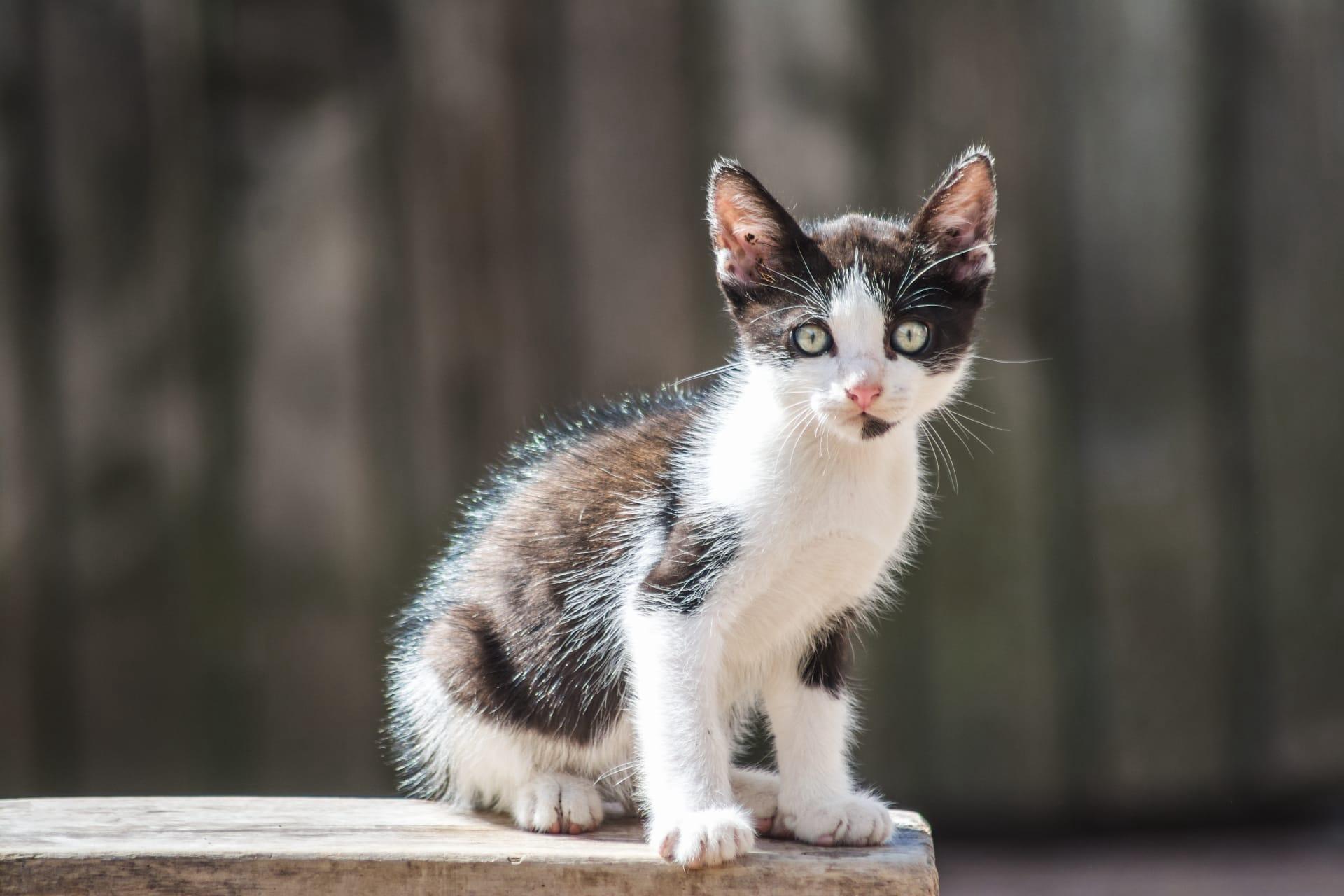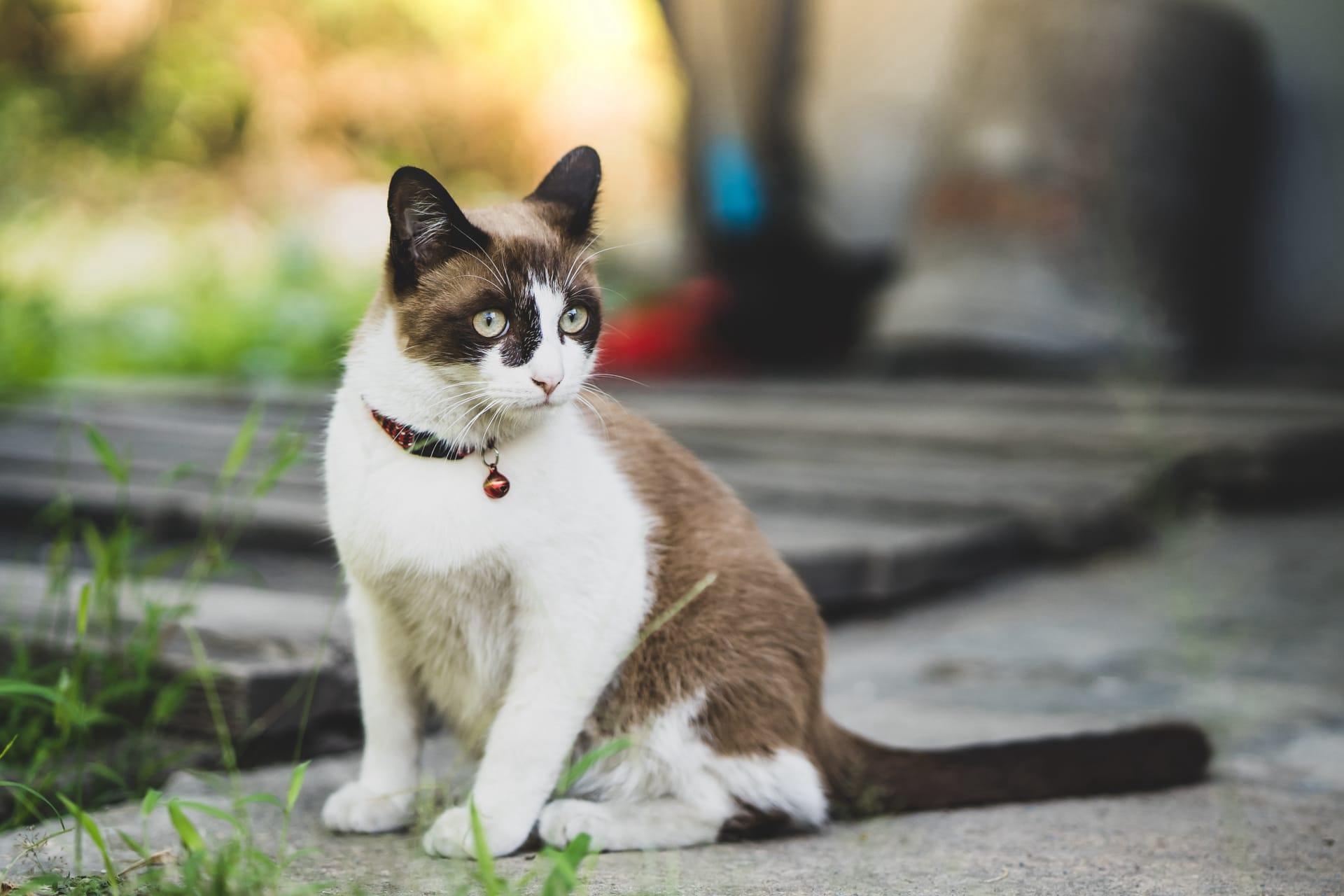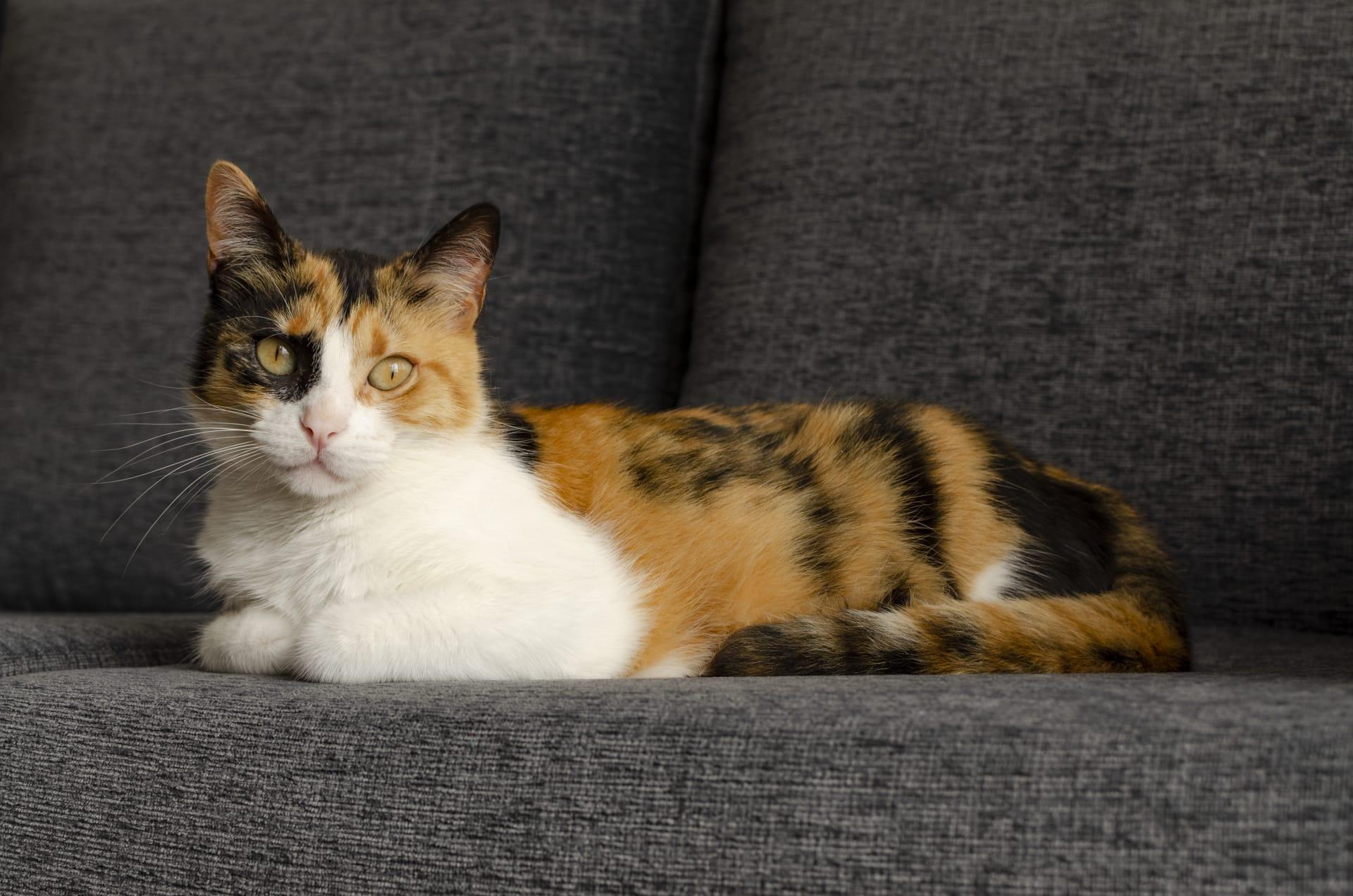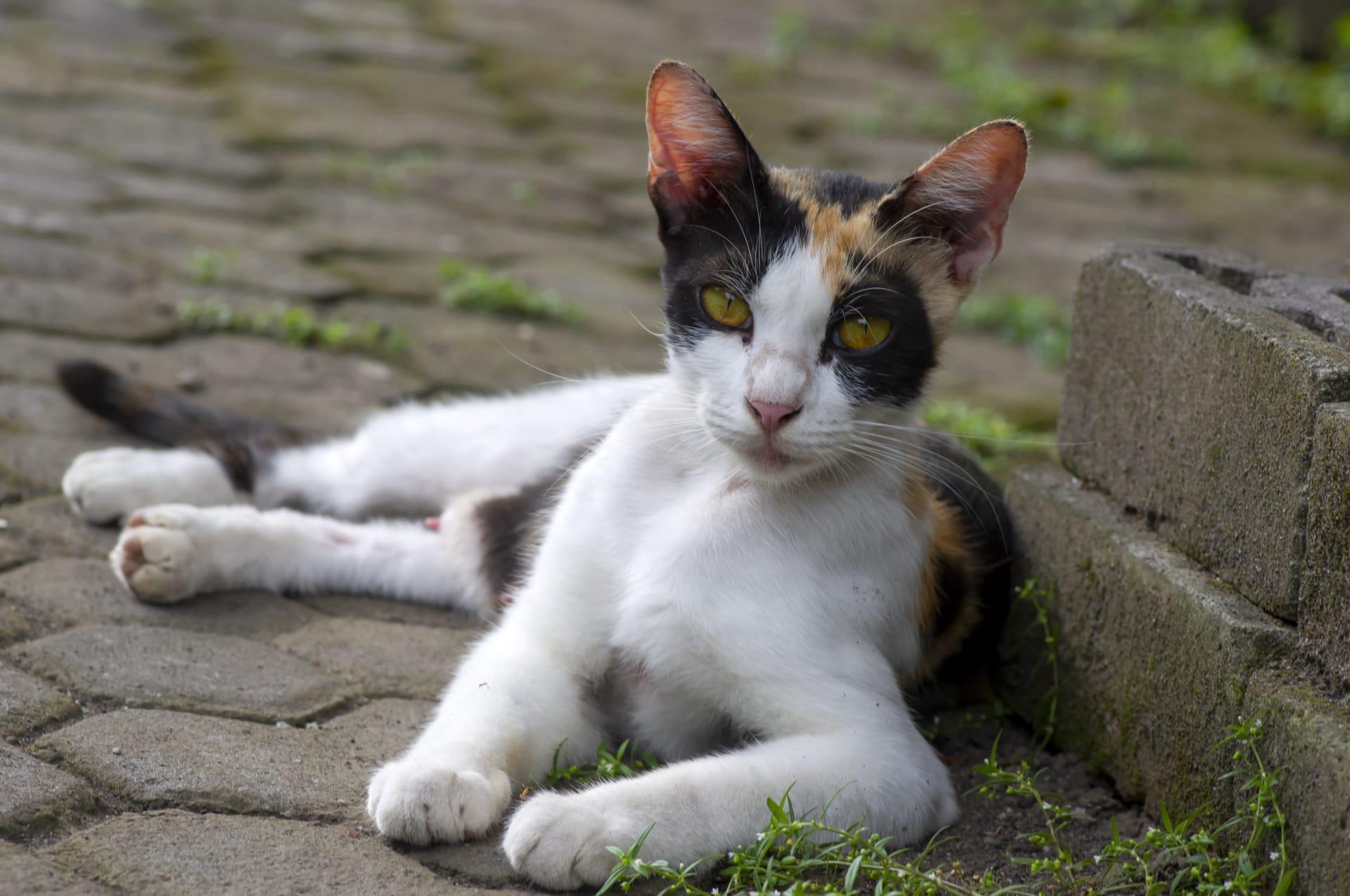Japanese Bobtail Cat
- Home /
- Mini Encyclopedia /
- Animal /
- Japanese Bobtail Cat
1
The Japanese Bobtail cat belongs to a unique species classification within the domestic cat family, known for its distinctive short tail that can be curved, kinked, or resemble a pom-pom. This physical trait is the result of a genetic mutation, which has been present in this breed for centuries. As a recognized breed, the Japanese Bobtail comes in both long and short hair varieties, and displays a wide range of colors and patterns, with the "Mi-Ke" (pronounced mee-keh) or tricolor being one of the most popular and traditionally significant.
The Japanese Bobtail cat is predominantly found in Japan, but it has also gained popularity and spread to other parts of the world, especially in North America and Europe. Its presence in Japan dates back to the 6th century, as evidenced by historical documents and art, suggesting a long-standing relationship with Japanese culture and society. Today, these cats are not only found in homes as cherished pets but also serve as inspiration for various cultural icons, including the famous "Maneki Neko" or beckoning cat figure believed to bring good luck.

2
Question: Is the short tail of Japanese Bobtail cats the result of human intervention, such as breeding practices or tail docking?
Answer: The short tail of Japanese Bobtail cats is purely the result of a natural genetic mutation and not human intervention. Unlike some breeds where tail characteristics have been influenced by selective breeding or, in other cases, tail docking, the bobtail trait in these cats is inherited. This genetic feature has been a hallmark of the breed for centuries, with early records and artworks in Japan depicting cats with the distinctive short tail, indicating its long-standing presence in the breed's natural history.

3
The relationship between Japanese Bobtail cats and humans is deeply embedded in Japanese culture and folklore. These cats are often associated with good luck and prosperity, a belief that has led to their symbolic representation in various forms, such as the Maneki Neko. The Japanese Bobtail's friendly and sociable nature makes it an ideal companion, contributing to its popularity among cat enthusiasts around the world.
In addition to their cultural significance, Japanese Bobtail cats are valued for their interactive and playful disposition. They are known to be highly intelligent, curious, and active, often engaging in games and activities with their human companions. This breed's adaptability and affectionate character have solidified its place in the hearts of those who cherish the unique bond between cats and humans.

4
The origins of the Japanese Bobtail cat can be traced back over a thousand years in Japan, making it one of the oldest cat breeds. Historical evidence, including literature, art, and ancient documents, suggests that these cats have been an integral part of Japanese society for centuries. They were originally brought to Japan from the Asian continent, quickly becoming a favored pet among the Japanese aristocracy and commoners alike due to their distinctive appearance and amiable nature.
Over time, the Japanese Bobtail has evolved both in appearance and in its role within human society. Initially valued for their skill in controlling pests, they have become a symbol of luck and prosperity. The breed's genetic pool has remained relatively stable, ensuring the preservation of its unique tail feature. This evolutionary stability, combined with selective breeding to enhance their sociable and friendly traits, has resulted in the affectionate and adaptable breed known today.

5
Film: "The Cat Returns" is a Japanese animated fantasy film released in 2002. Though not a documentary, it features a strong cultural representation of cats similar to the Japanese Bobtail, embodying themes of courage, adventure, and self-discovery. The story revolves around a young girl who saves a cat and is then whisked away to the world of cats as a reward, where she finds herself in the midst of a royal dilemma.
Book: "The Japanese Bobtail Cat: Its History, Breeding, and Care" published in the United States in 1990 by Elizabeth Freret. This book offers a comprehensive look into the breed, from its ancient origins in Japan to its spread across the globe. Freret provides detailed information on care, health, and breeding practices, alongside exploring the breed's cultural significance in Japan.
Book: "Maneki Neko: Japan's Beckoning Cats" by Alan Pate, published in 2008. Although focused on the Maneki Neko figurine, this book delves into the cultural history of cats in Japan, including the Japanese Bobtail, which is often believed to have inspired the Maneki Neko's design. Pate's work is a fascinating exploration of how cats, particularly the Japanese Bobtail, have influenced Japanese culture and folklore.